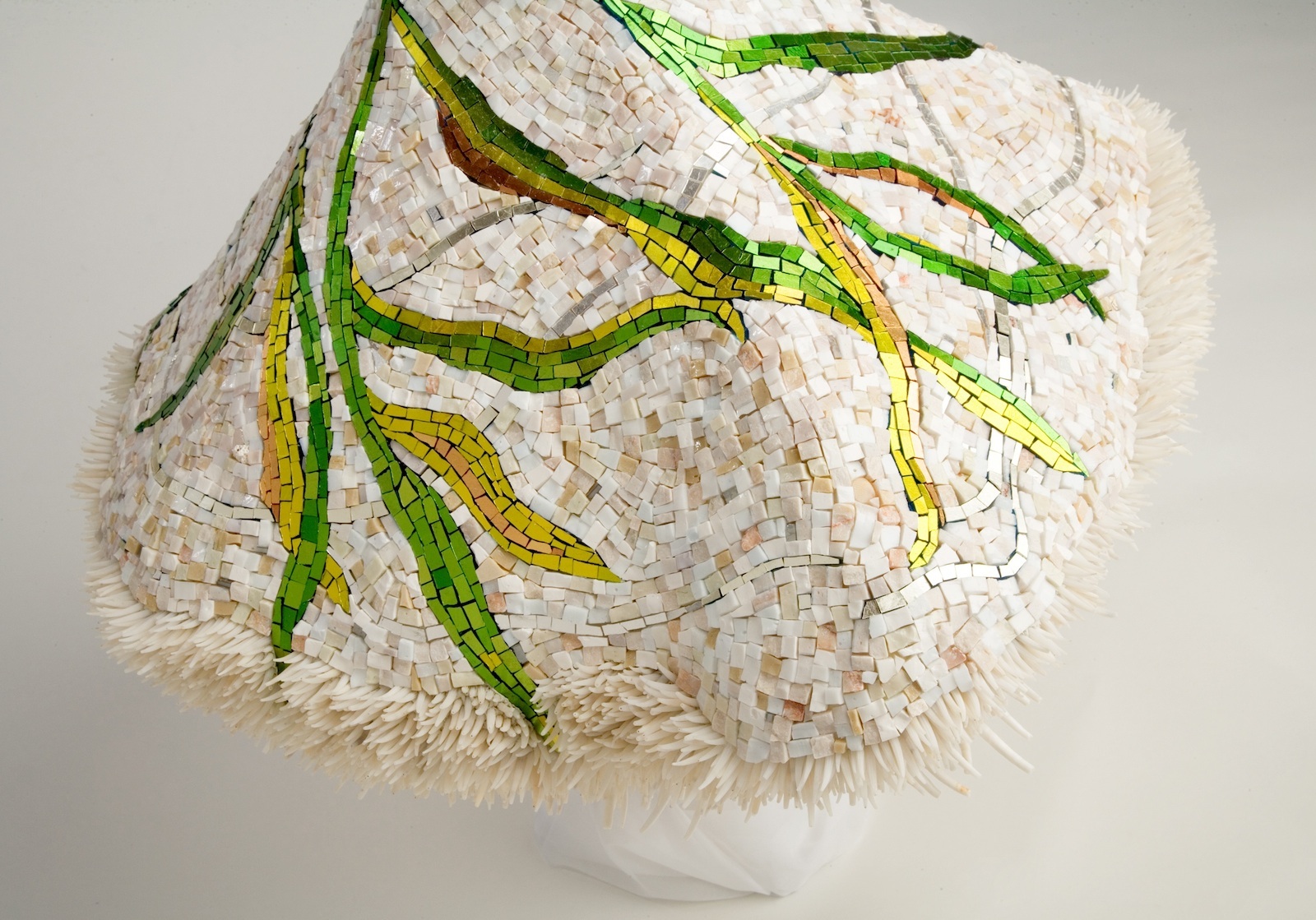Agata Szydłowska is a native of Warsaw, Poland who organized an exhibition of Polish graphic design that was recently displayed in Reykjavik, Iceland. The exhibited works in “Places of Origin” are creations from leading contemporary designers, all of whom pay homage to their roots. A+A will feature them today and tomorrow, along with interviews with the curator. For an interactive map of Poland and the artists’ places of origins, go here.
What was the assignment to the contributors?
The exhibition is a curated selection, which means that I did my own research through existing works. All of the exhibits, which we showed are therefore works which were not made especially for our exhibition, but rather were already created for different projects and have functioned successfully on the market. However, when researching the topic, I made some queries: I contacted select designers asking whether they had any works which were derived from or inspired by specific places or cities in their portfolios. I also consulted local experts from different cities in Poland, knowing that I was, while living and working in the capital city of Warsaw, likely to be unaware about many interesting projects happening in other cities around Poland. I wanted to see how designers relate to physical places in their works: specific cities, streets, buildings, courtyards, etc. The aim was to show that their projects, although new and modern, were still rooted in the offline world that surrounds us.
The intent of the exhibition?
“Places of Origin” was the first comprehensive show of Polish graphic design in Iceland, so its aim was to introduce our designers and their accomplishments to an Icelandic and Scandinavian public. My personal intent, as a curator, was to show certain tendencies in Polish graphic design – not necessarily aesthetic ones. I wanted to go deeper and look at the “biographies” of different pieces, not only the final outcomes. Looking for “Polishness” in Polish graphic design, I tried to avoid any generalizations, or superficial summaries, drawing attention to the individual origins of specific works. Polish design, that is design from where? From a neighborhood in Warsaw, the Gdańsk Shipyard or an old printing house in Lublin. This idea allowed me to show versatile works, without narrowing it down to one style or even medium. By showing the “biographies,” which I presented using a wide range of documents, photos, and artifacts, as well as written histories, the intent was to show the complex stories behind the designs and their relationships with culture, people, histories, buildings and so on.
Its inspiration?
When I curate exhibitions, I am usually inspired by the designers I work with. I’m lucky to work with many great and talented designers and I try to observe how they work and ask them about their process and their reasons for using specific solutions. These insights worked as an inspiration and a starting point for the whole curatorial concept. This time I was also inspired by my home town, Warsaw, which for the last few years has been undergoing a process of searching for its own identity. It has inspired a lot of designers to rediscover its visual heritage and, by incorporating it into their works, to propose new narrations about the identity of the city and its character.
[slideshow id=1591]

